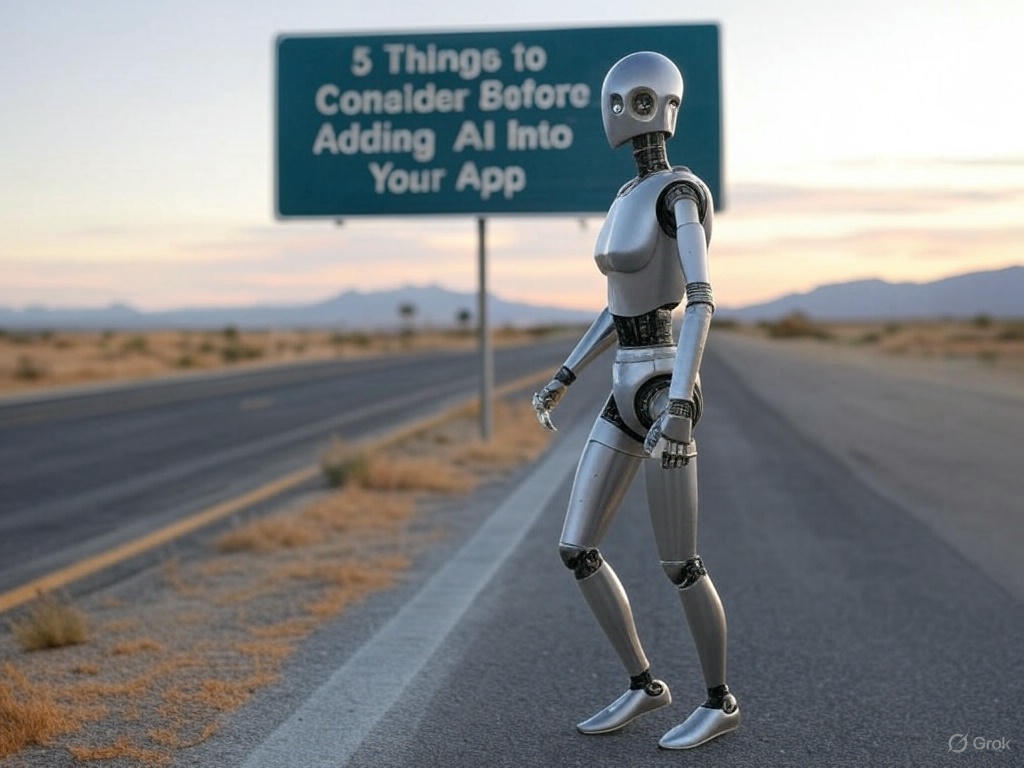Wednesday, December 30, 2020
-
5
min
How we built a remote-first company from 2 to 8+ people
This post explores some of the challenges, mistakes and solutions we made growing our team to 8+ members (almost) fully remotely.
Read: "Scaling a mobile app team from 1 to 20 people".
A culture of 2 is easy...
When Morrow started in May 2019, it was just me and Charles. We both had full time jobs at the same transport tech company and worked remotely (from his spare bedroom) four days a week.
At 5pm, we'd clock off from our day jobs and clock on to Morrow. When our first client arrived in June, they were US-based so this worked out well timezone-wise.
We're best mates and we're sat right next to each other 40+ hours a week. It was pre-COVID-19 and the pub was a 2 minute walk away. Team cohesiveness was almost effortless.

Jumping from 2 to 8+ during lockdowns
From October 2019 to November 2020, we went from 2 to 8+ people. We learned a lot about building a team remotely during this time. Here's the locations of team members:
- Bristol x3
- Greece
- London
- Bournemouth
- South Africa
- Manchester
- Leeds
- Falmouth
I've not actually met most of our team in real life 😵
Lesson: buy the best collaboration tech you can afford
We chose Slack Premium & ClickUp Business, but there is lots of good stuff out there. Ideally you want to make all types of comms as effortless as possible. Between Slack & ClickUp, we can do all this:
- Audio Call
- Instant Messaging
- Video Call
- Screen Sharing Call
- Collaborative Documents / Wiki
- Collaborative Lists / Kanban Boards
- Time Logging & Reporting
- Resourcing Charts
- Video / Talks Archive
When we chose to adopt ClickUp, we evaluated over 20+ solutions. Good tools reduce friction and are worth their weight in gold.

Lesson: meetings need to have a shared context
Initially, we had a daily meeting with all team members in it. However, almost everyone was working on different projects. Each member would talk about their daily tasks and the rest of us would have no idea what they were talking about 😅 - it was just noise.
Instead, we moved to daily project meetings. The key thing here is that everyone in a meeting should contribute to the discussion. That means having a shared context and purpose to that meeting. In our case, every meeting attendee was working on the project in question and so all of the discussion was relevant to them.
Crucially, much less noise.

Read: "Morrow's Summary of the State of React Native 2023 Report."
Lesson: but you need to have some cross pollination
After a month or two of project specific meetings, one of our engineers pointed out that we didn't have much 'cross pollination'. This is sometimes referred to as 'water cooler' conversations. The ability for good ideas to spread across the team.
In an office culture, this usually happens by accident. People wander around and get chatting. In a remote culture, you need to explicitly create these opportunities.
Our solution: Show & Tell - a weekly social call where anyone can put together a talk about an idea or project they are working on. We record it too, so people can go back and watch it.

Lesson: have conversations in public channels
Initially, when someone had a question they would direct message someone to get an answer. In an office environment, people overhear conversions and (usually) that's a good thing. The more people know relevant information, the better decisions they make.
In a remote culture, you need to replicate this by encouraging conversions to happen in a public arena and allow people to learn by osmosis. For us, that means we usually chat in Slack channels, instead of direct messages
Don't DM people if the information is useful to other team members.

The real test: Morrow Christmas Party 2020
With the UK in lockdown, plus team members in Greece and South Africa, it had to be a virtual Christmas party.
Let's face it.. no one wants to be trapped on video chat for hours and hours pretending to have fun!
As such, we made the party entirely optional, with a clear statement that anyone can leave at anytime, no judgements.
Amazingly, we started at midday and some of us were still going at 7pm!
The key ingredients to success: virtual cocktail making, Teeoh, video chat, Zoom Arcade and a team that truly embraces remote-first working. 🥳





.jpg)









